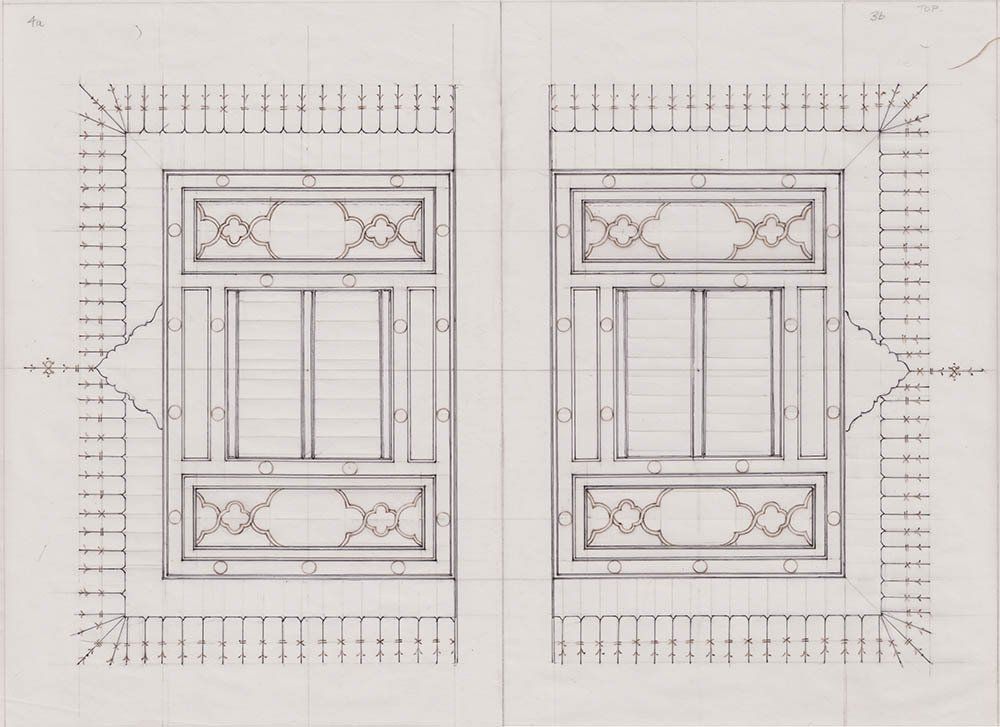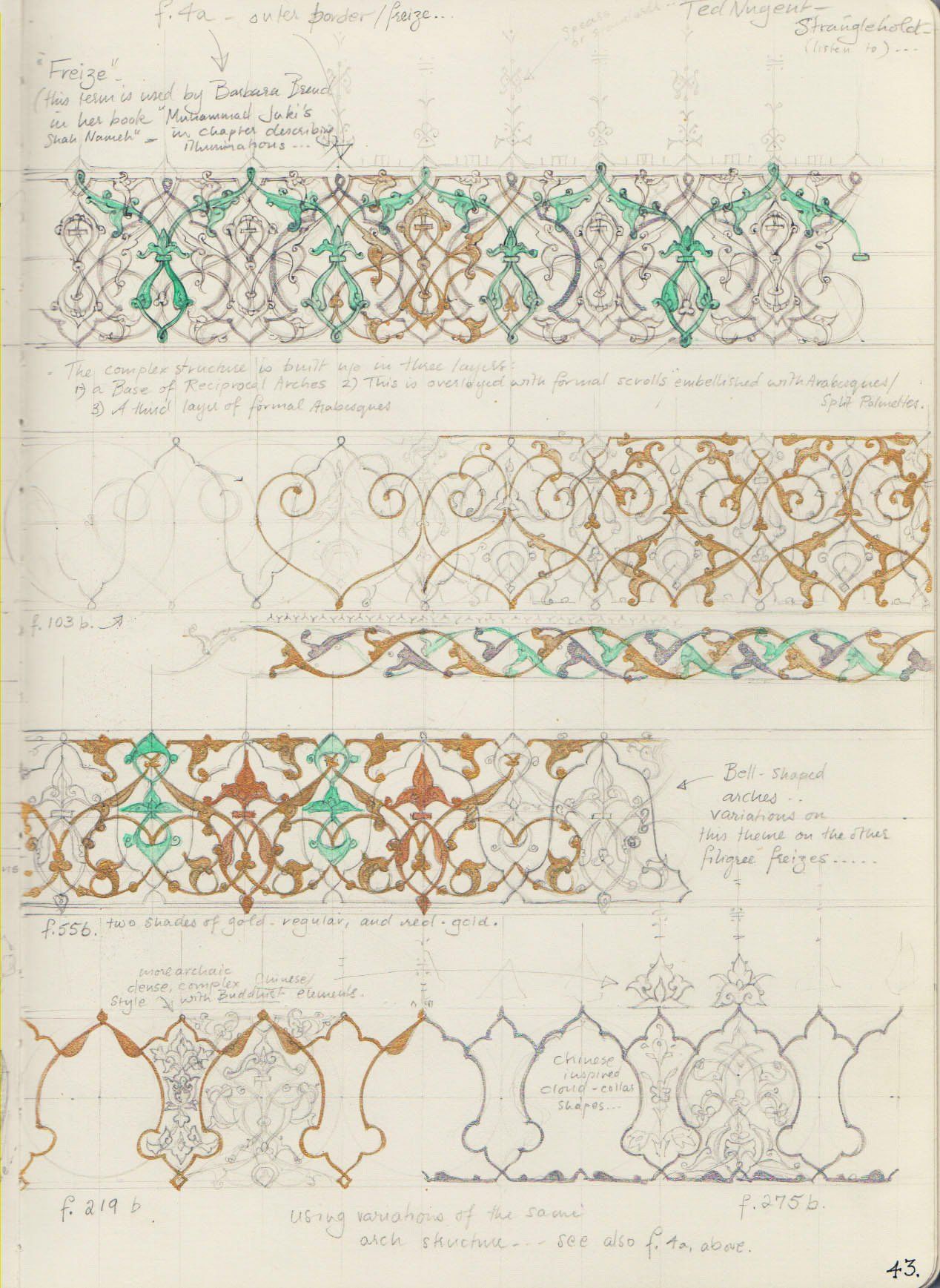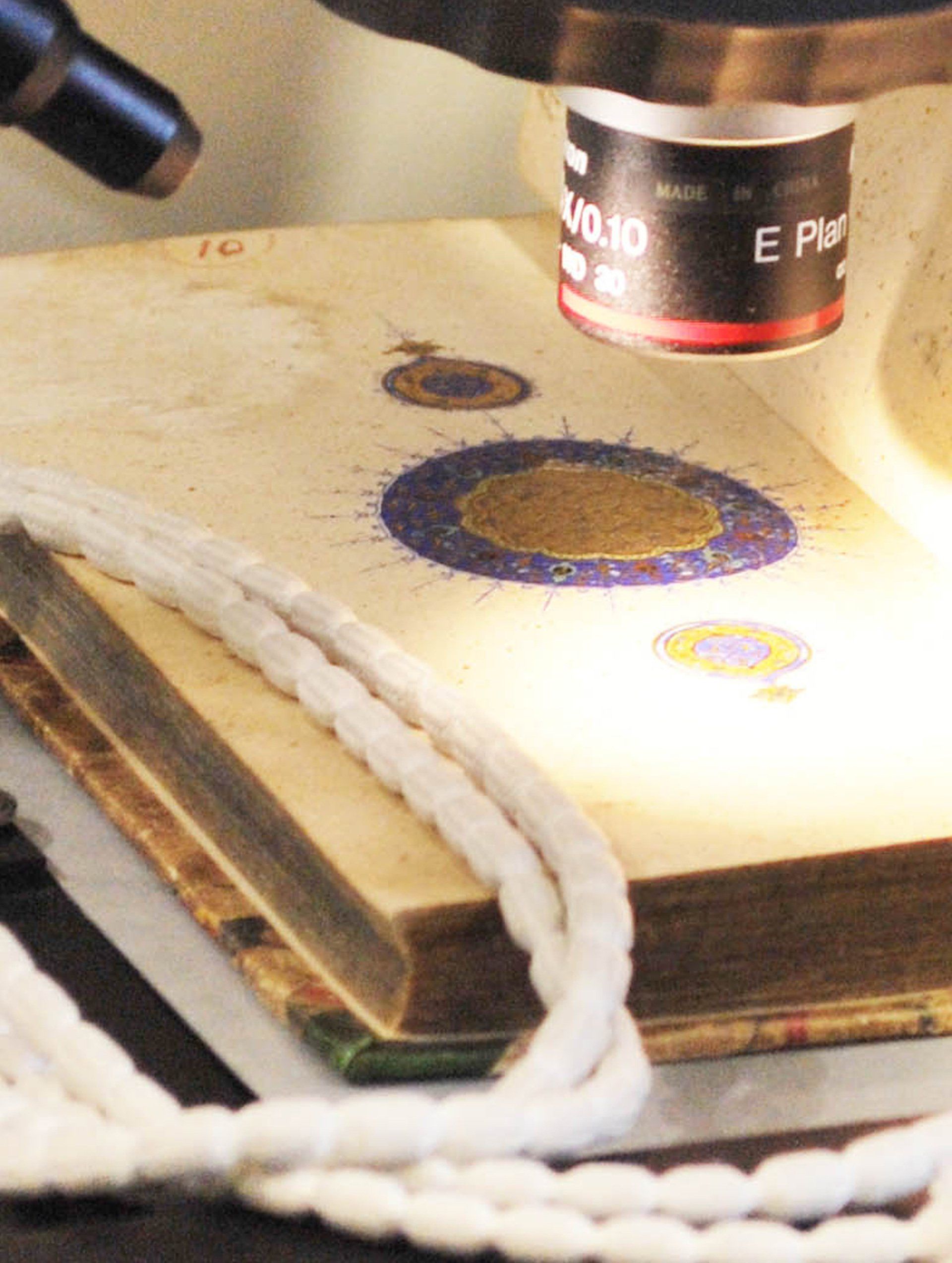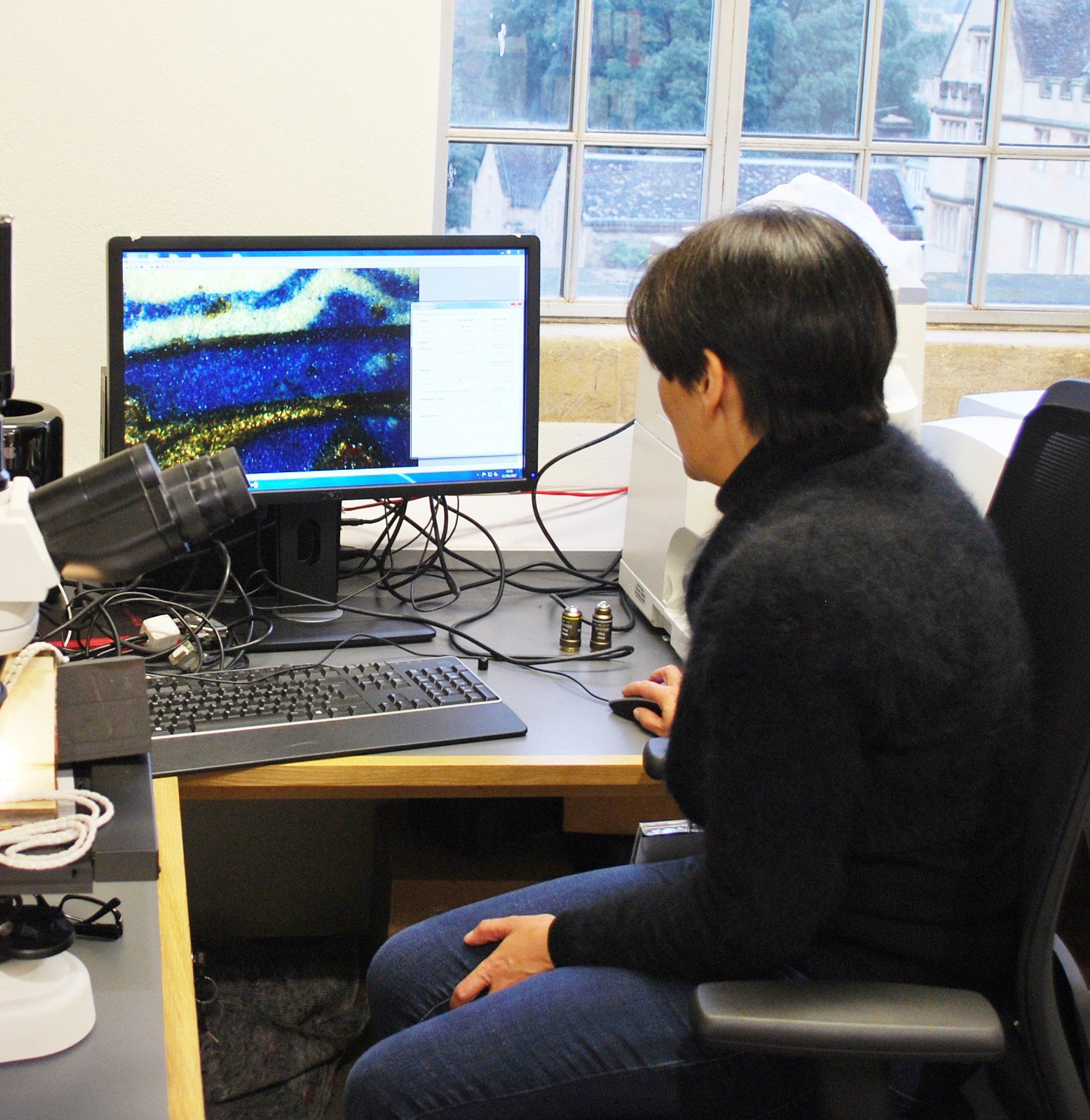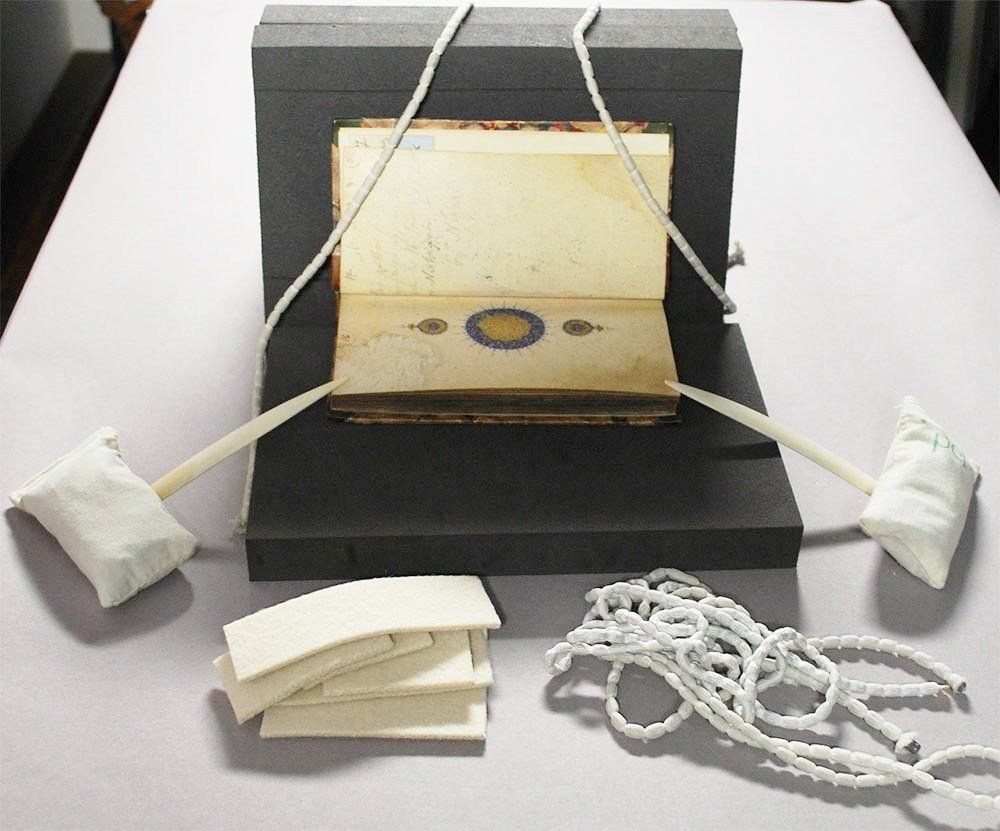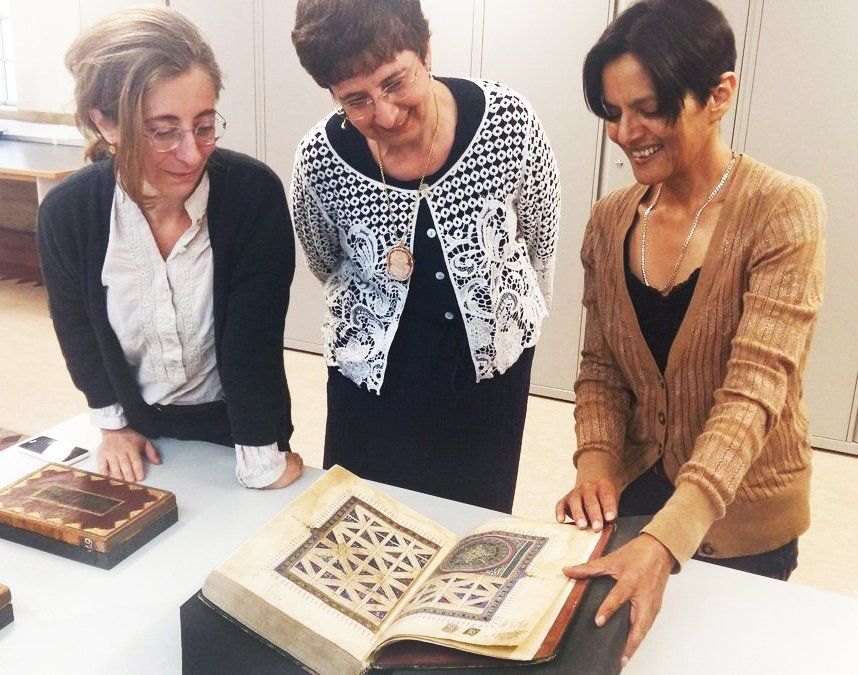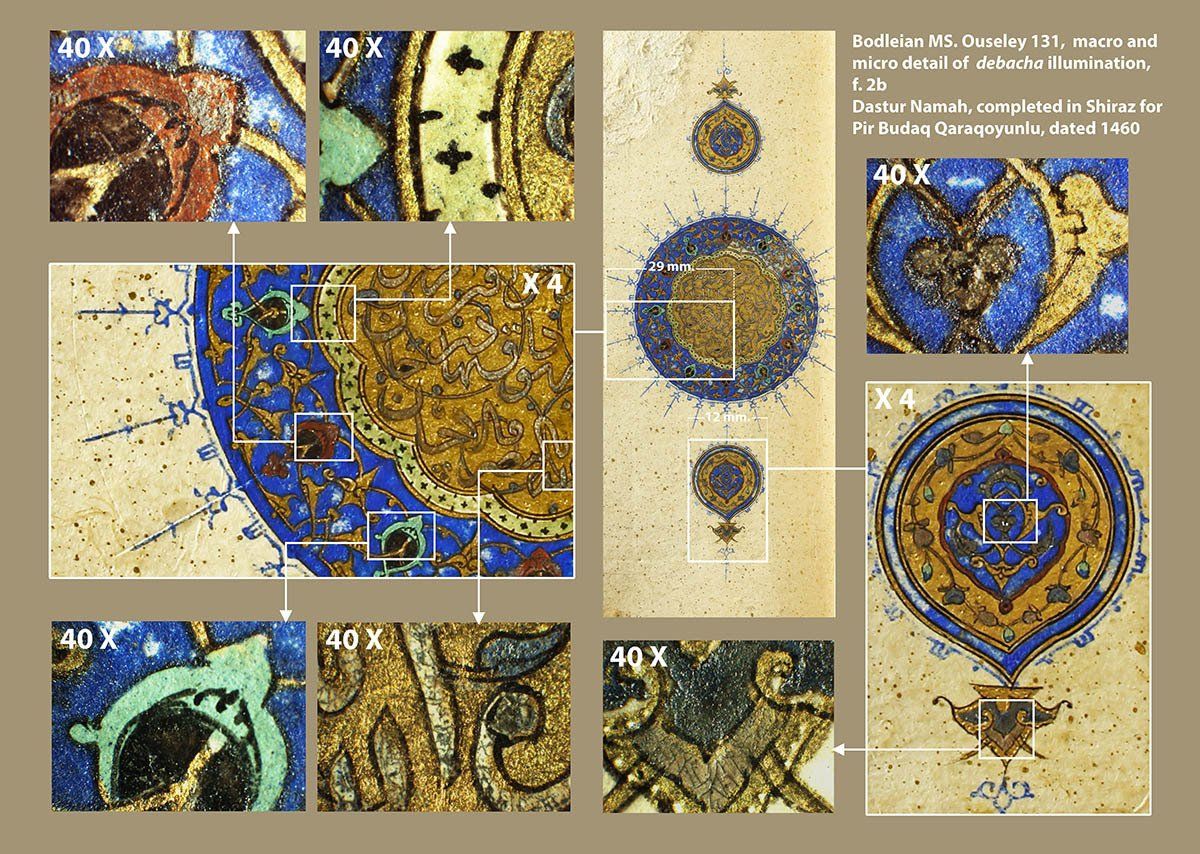ANITA CHOWDRY
VISUAL ARTIST
BODLEIAN LIBRARY
Go to MANUSCRIPTS menu
MAKING MANUSCRIPTS FOR A PRINCE OF THE BLACK SHEEP
Making Manuscripts for Prince of the Black Sheep is a research project undertaken as a Bahari Fellowship in the Persian Arts of the Book at the Bodleian Library, University of Oxford.
The research is a study of the structure, layout, and illuminations of a series of manuscripts in the Bodleian Special Collections. They were made in the mid-15th century for a Turkman prince who ruled in Shiraz and Baghdad.
To see a dedicated Blog documenting the progress of the work, please click the link below:
THE MANUSCRIPTS
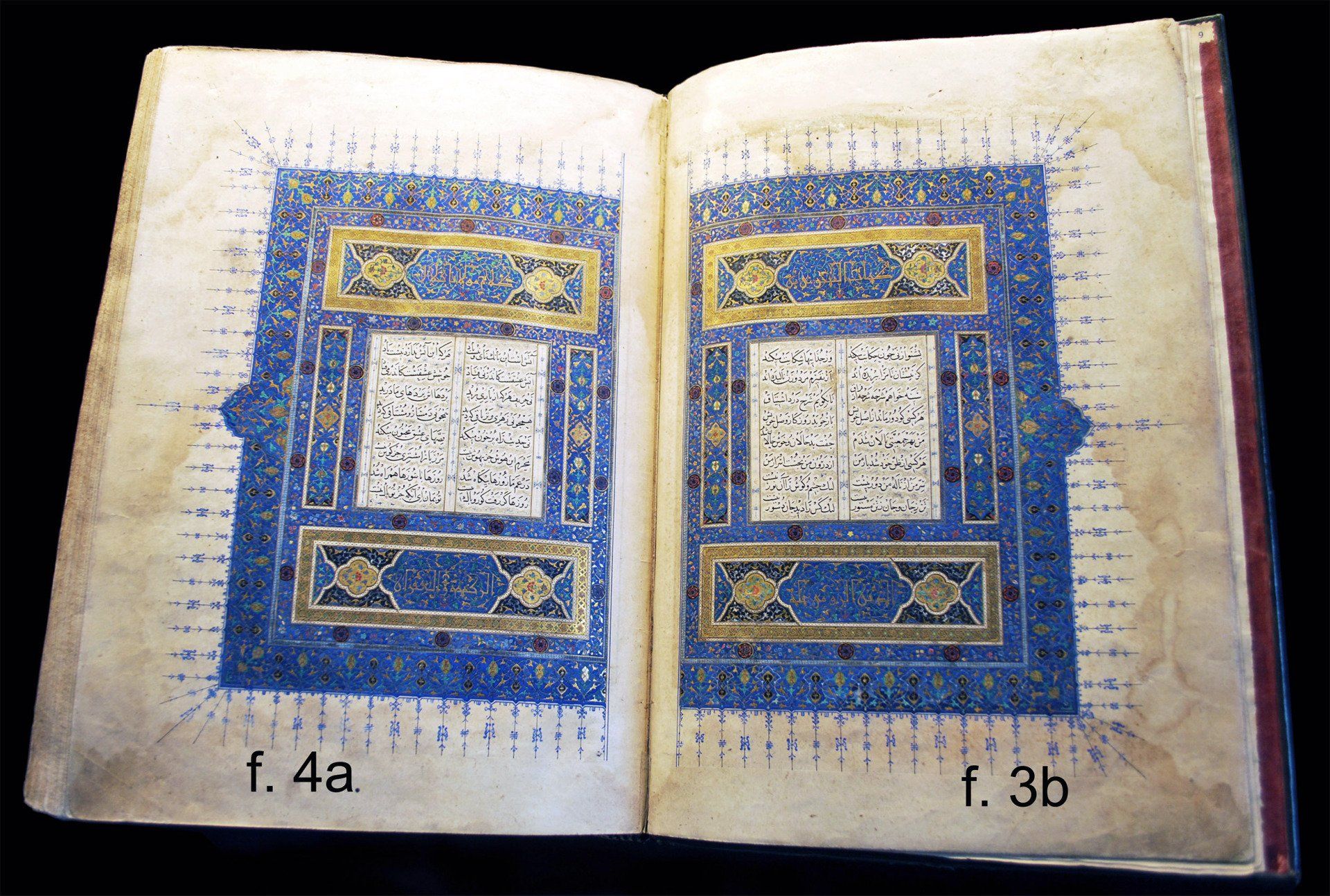
Slide title
The Masnavi of Jalal al-Din Rumi, c. 1556, Frontispiece
Button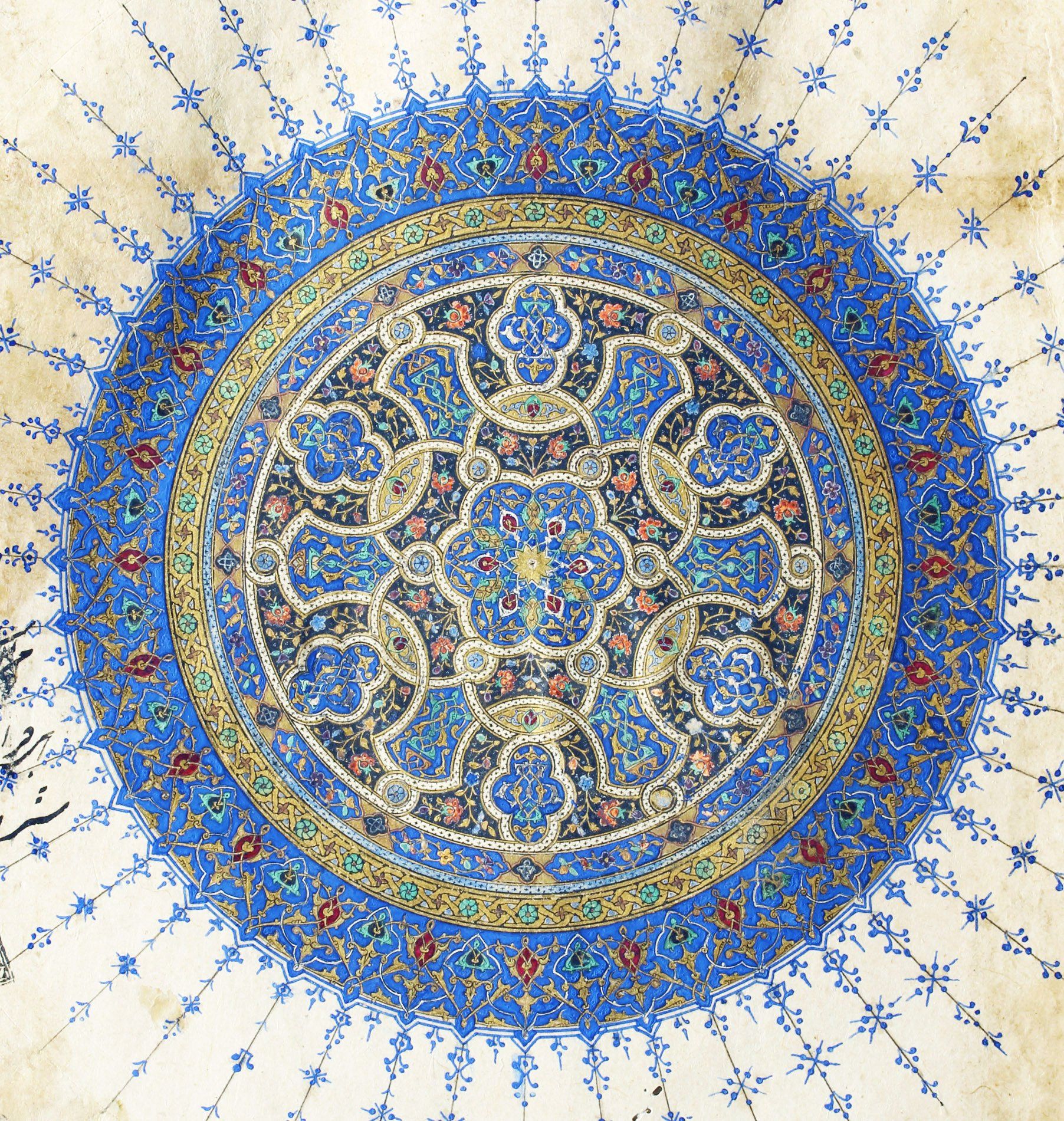
Slide title
Opening Shamsa of the Masnavi of Jalal al-Din Rumi
Button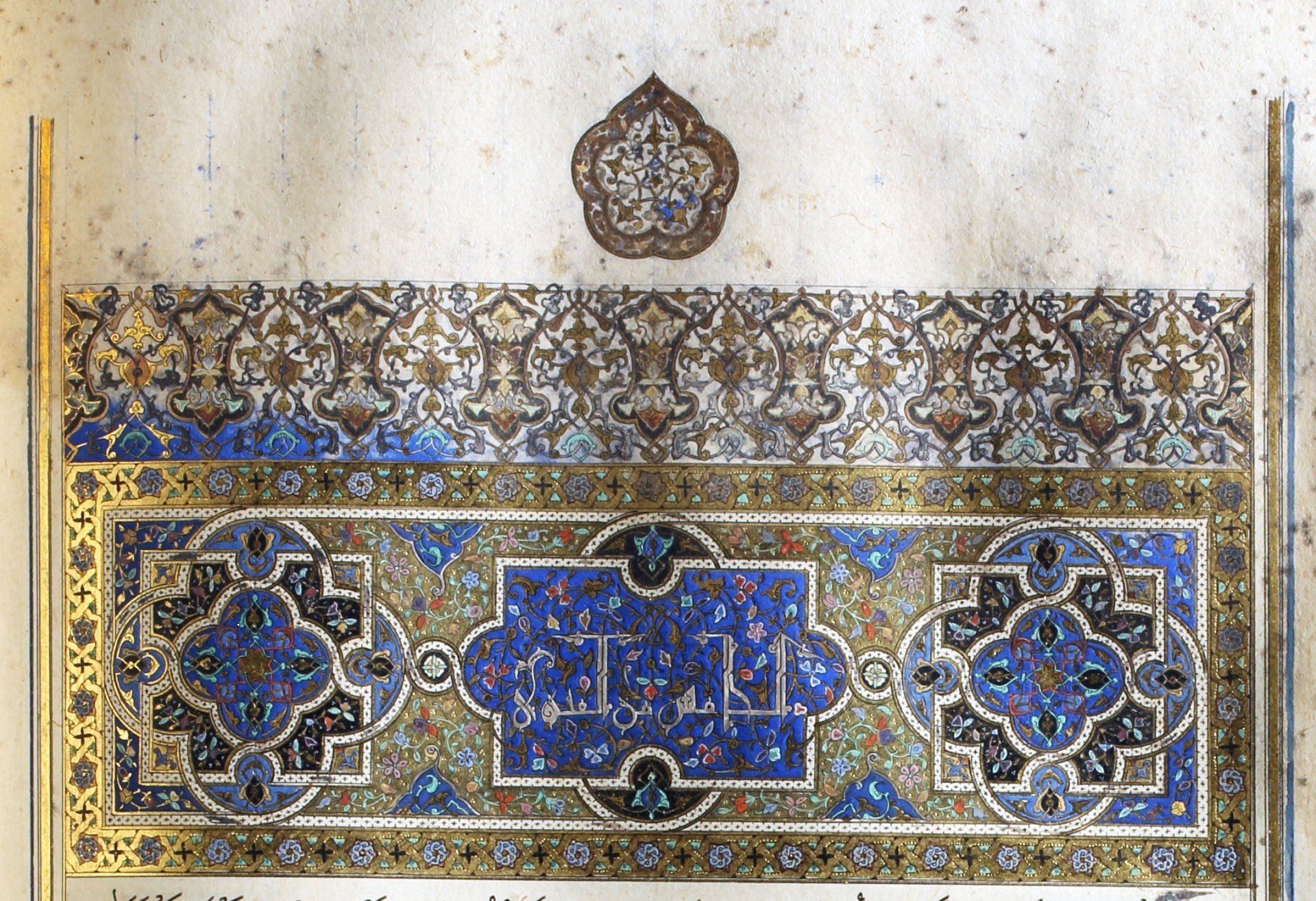
Slide title
Illumuinated Chapter Heading from the Masnavi of Jalal al-Din Rumi
Button
Slide title
Opening Shamsa of the Ruba'iyyat of Omar Khayyam
Button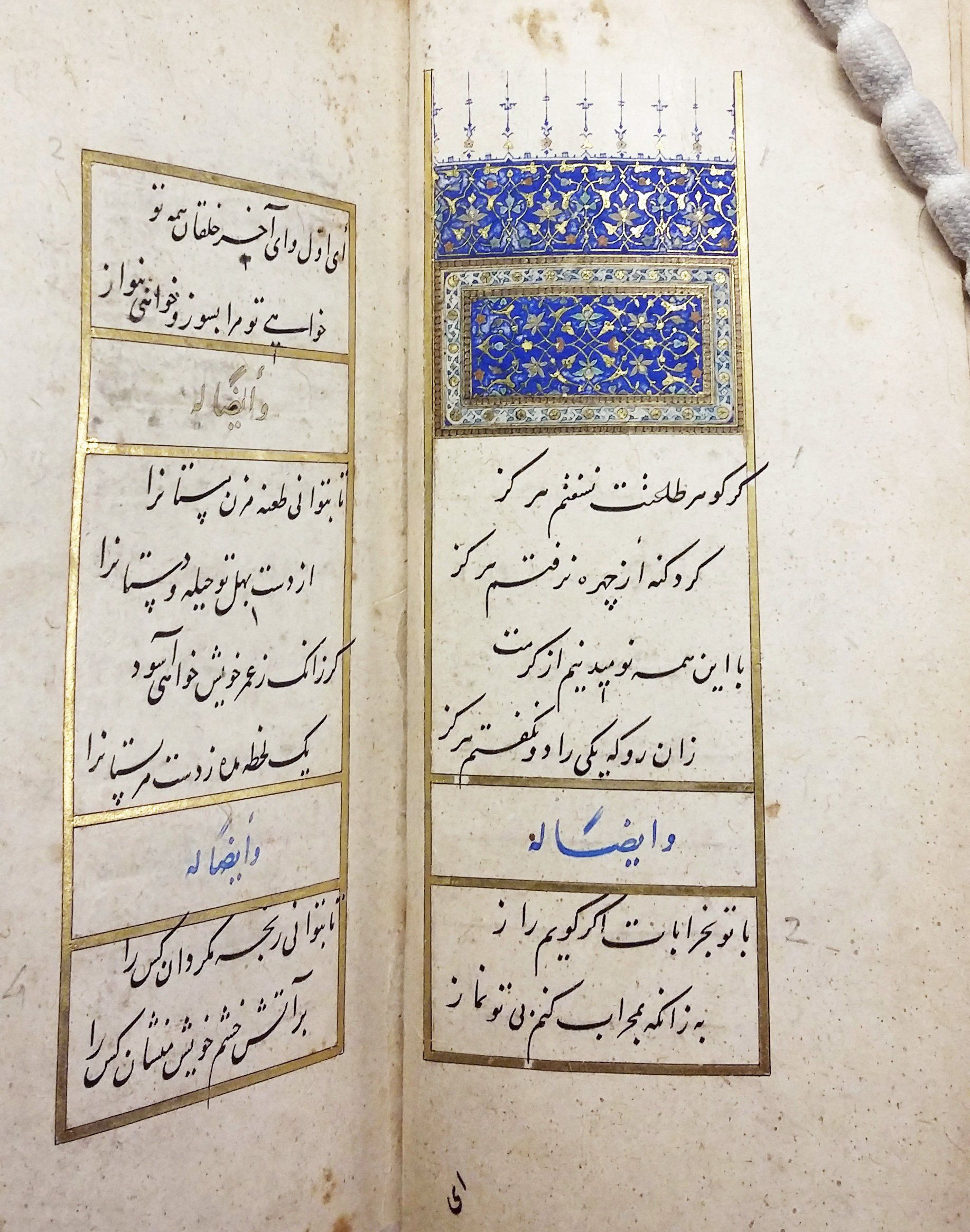
Slide title
Opening Heading of the Ruba'iyyat of Omar Khayyam
Button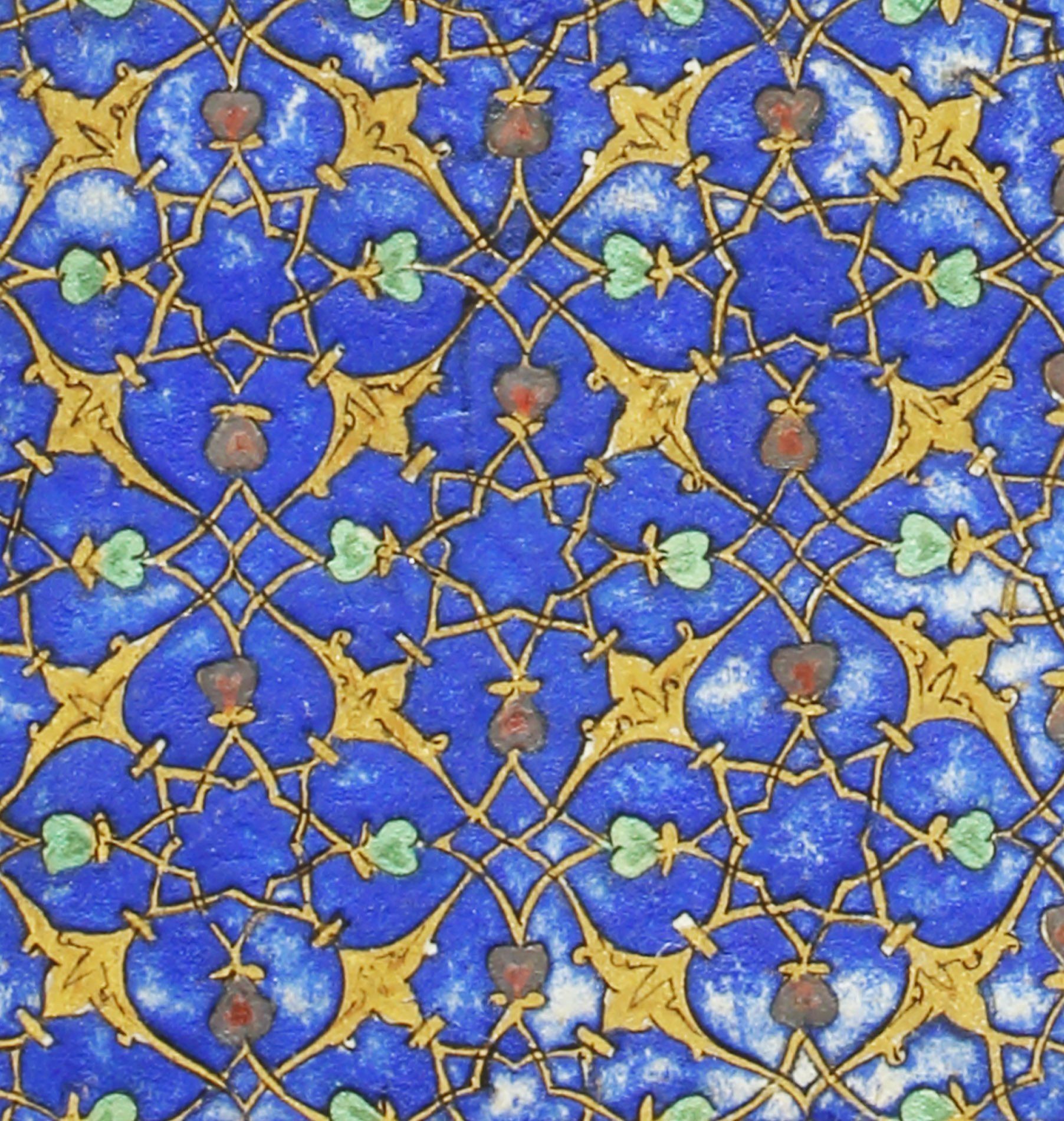
Slide title
Illuminated section fron a book of poems by Omar Khayyam and Afzal Kashi
Button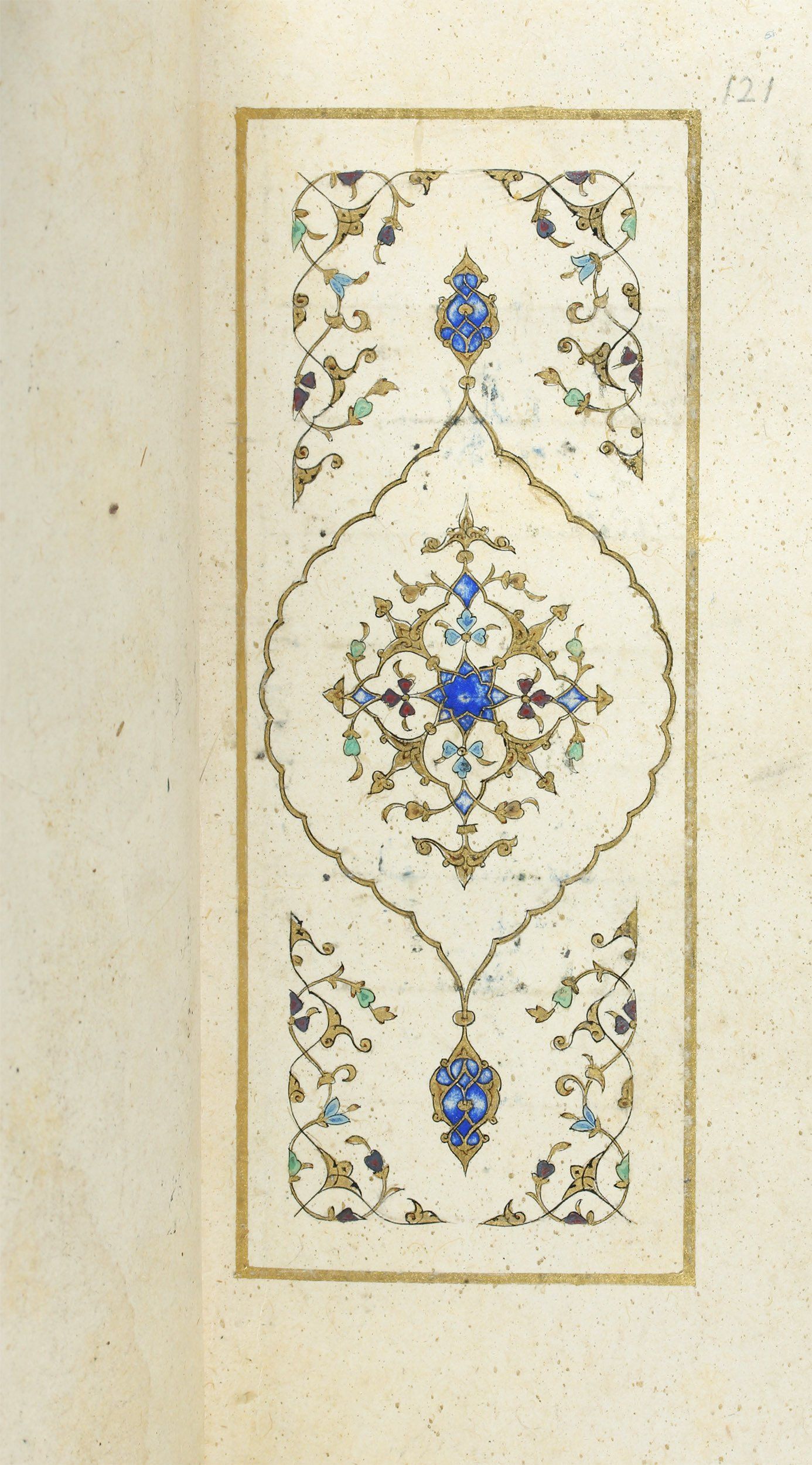
Slide title
Illuminated page fron a book of poems by Omar Khayyam and Afzal Kashi
Button
Books commissioned by Pir Budaq, a 15th century Turkman Prince.
Some of the most beautiful books to have been produced in 15th century Iran and Iraq, these manuscripts are distinguished by the high quality of their production and illuminations.
The largest is a Masnavi of Jalal al-Din Rumi, containing all six books of this monumental work of Sufi poetry.
The other books made for Pir Budaq include a set of three small and exquisite poetry books, written in elegant Persian Nasta'liq script, and featuring one of the earliest luxury productions of the Ruba'iyyat of Omar Khayyam.
THE RESEARCH
I made an intensive non-invasive study of the Codicology of the manuscripts, in collaboration with the Bodleian Library's departments of Care & Conservation and Heritage Science. The work involved a detailed examination of the structure and layout of the books, a study of Illumination styles, and scientific analyses of the pigments and paper.
The pigments were examined using microscopy, infra-red microscopy, Raman spectroscopy. This also afforded insights into the working practices of the artists who made the manuscripts. Evidence of scoring and compass holes, for example, proved that the designs were drafted from scrach on the actual folios.
-
CHART OF MACRO IMAGERY
ButtonShowing details of pigments and painting on an illuminated folio.
Copyright: Please feel free to share on social media, provided that full and clear credit is given, and with appropriate site-direction to the original content.
For Reproduction, please seek permission and assistance from the owner and author of this site, Anita Chowdry.
Anita Chowdry
